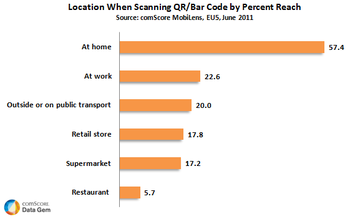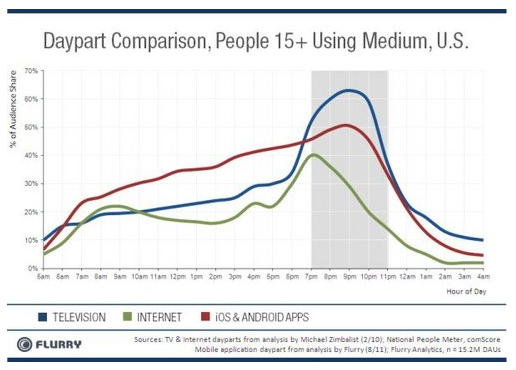
Marko Greitschus / pixelio.de
When I was a kid, my grandparents had a little pub. Nothing special. Nothing glamorous. Just a comfortable meeting point for friends or business partners to catch up for a drink. The best day always was the “market day”. Merchants were setting up their booths at the marketplace in the little village my grandparents were living in, early in the morning when most people were still snoring in their beds. When their job was done, they popped up at the pub around 7am when their wives took over to sell their goods.
The guests in the pub did not expect very much. A drink was their desire. A tasty sandwich was luxury to them. Competition amoung pubs was tough, even in this little village a long time ago. There were many pubs around in that coal distrinct north of Germany. The owners of the other pubs in the village changed more or less every year, some even earlier. My grandparents’ business stayed for over a decade, until they decided it was time to stop working. The guests loved their attitude, their individual touch, their personalized way of talking to them. My grandparents’ business was successful.
What was the key to their success story?
Before I answer this question, let me ask you something… When did you shake hands last time with a friend, or a business partner? Do you remember? Did you ever think about why we are shaking hands with people? Have you ever not returned a handshake? It is a common habit of introducing ourselves and of saying Goodbye. We just do it. Well, let’s say in the offline world we do it…
Those days, whenever somebody came into my grandparents’ pub, my grandma and granddad gave them a personal handshake, embedded in some small talk about the weather or last nights sports results. The conversation made people feel good, feel wanted, not just being anonymous guests. They created a living room. People started talking with them about their personal hopes, fears, issues. The handshake had broken the ice…
In our social web world of today, customer relationship management and social networking become an increasingly important factor to be maintain a successful business within a more and more challenging and competitive world.
Many relationships today begin with a virtual handshake. So you may ask: What is a virtual handshake? Today, it comes in the format of a comment on a blog post, a LIKE on a status update on a Fanpage, an introduction mail inside a social network, or an invitation to join a community (Facebook or LinkedIn or a company specific).
In the offline world, nobody would turn away and not return the handshake. However, in the online world individuals put effort in terms of writing, talking and engaging with companies and brands, making their brand passion transparent, or just opening their minds to “business” (or privat?) conversations. All of that often before having received a virtual handshake with those companies that are reaching out to them via their -often anonymous- social hubs.
By participating in a community or engaging in conversations, customers take the initiative, they state a case and describe an act of will. Companies tend to forget that this is a virtual handshake. “Hello! Here I am! Look what I am telling you…”.
Many companies and brands do not answer. They don’t reply on social networks. They don’t value the hand that is right in front of them waiting. The hand which feeds them and their business. The free opportunity to connect, collaborate, or convert. Lack of time and resources is the killer of many of their social web activities.
My grandparents never forgot to shake hands with people that came to visit their pub. This was their success story. So simple, right…?
Think about it next time you set up a group, start a community or approach someone on a social network (be it via InMail on LinkedIn or a status update on Facebook). Relationships start with a handshake – whether real or virtual. There just needs to be somebody that returns the handshake. For some this might be a change management process, for some it is just natural attitude towards customers…






 According to
According to 


